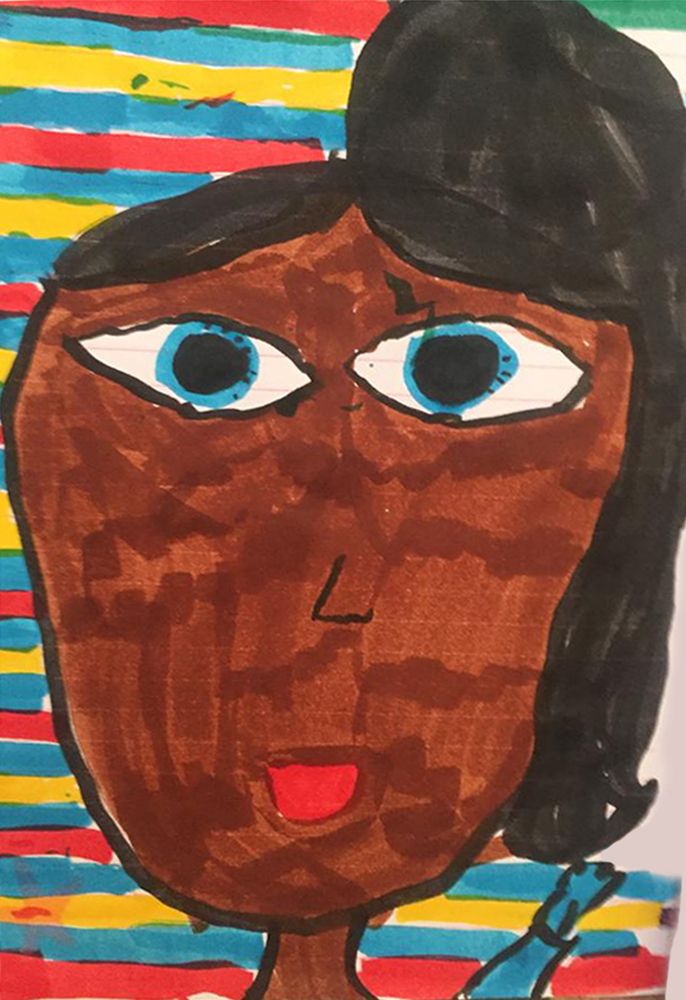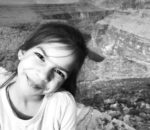On Children Art
“All children are born artists. The problem is to remain an artist as we grow up.”
Picasso

Untitled, 2019, Misha Asthana.

Misha was born in 2011 and she is currently living in UK. She especially loves animals, travelling, dancing, painting and fashion among many more things she is enthusiastic about.
At the beginning of the 20th century, European art scene, which was then dominated by surrealism, turned its face to the creative works produce outside of the art world in search of novelty. The common understanding of the 20th century was marked by the idea of progress and the non-Western world, children and mentally ill people were generally considered as under-developed. Yet, fed on the reaction to the jarring consequences of progress, these undervalued categories were inspiring the art scene which was looking for the freedom of expression that preceded the conditioning of the then contemporary Western culture. So, in a romantic fashion surrealists were interested especially in the creative works of tribal people and of children as the other of the Western rationalist tradition and especially in art of madness, the extreme other of Reason, as an authentic creative source. Surrealists’ main focus was on subconsciousness and madness, and in their art they tried to hand madness back its tragic character. So, they rather focused on the creative work of the inmates of the psychiatric hospitals or of those who were somehow associated with madness. In 1992, in his work The Rules of Art, Pierre Bourdieu was reminding us that the French poet Arthur Rimbaud, one of the actors who prefigured Surrealism, liked seemingly ordinary things with no artistic importance like “pictures over doorways, …erotic books full of misspellings, …little children’s books, old operas, silly old songs”. According to Bourdieu such productions were capable of pleasing even the finest artists due to their naivety coming from their distance from educated eyes. Later, Jean Dubuffet launched into the difficult task to distinguish Art Brut from other art forms created by people who lack an art education like naive-art, self-taught art, primitive art, folk art, art of children, art of Sunday painters, art of prisoners, art of madness etc. He excluded art of children art from Art Brut arguing that children did not have the passion and endurance necessary enough to attain the strong sensibility expressed in Art Brut works, as explains Lucienne Peiry. Yet, the creative works of children remained as a source of inspiration up until today due to their freedom in expression.